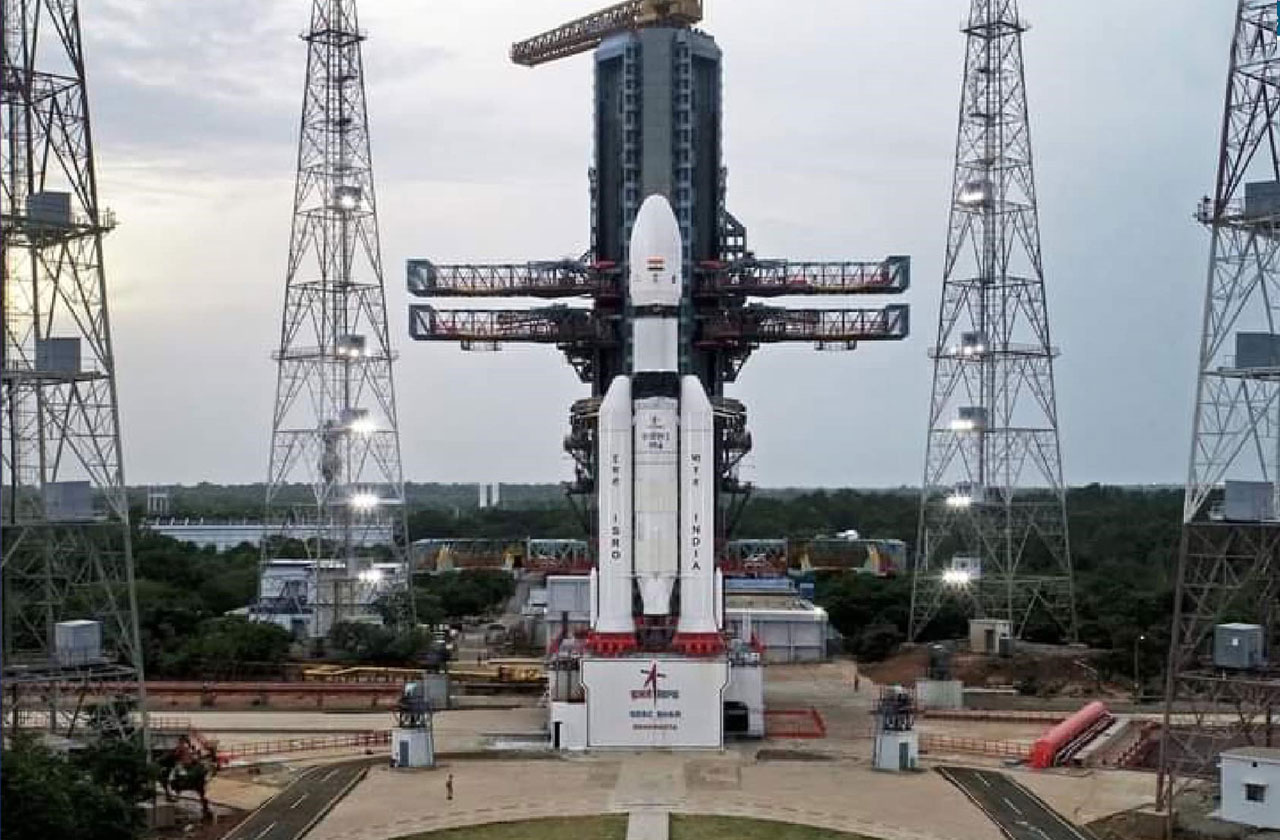The History and Evolution of ISRO: From Humble Beginnings to Global Recognition
The Indian Space Research Organisation, ISRO, has a remarkable story of growth and achievement. It has become a global space exploration and technology leader since its humble beginnings. In this article, we will take you on a journey through the history and evolution of ISRO, shedding light on its inspiring trajectory and the lessons it holds for young minds and their guardians.
What is ISRO?
Before we delve into ISRO's history, let's start by understanding what ISRO is. ISRO, short for the Indian Space Research Organisation, is India's premier space agency. Established on August 15, 1969, it is responsible for India's space exploration and satellite development programs. ISRO aims to harness space technology for peaceful purposes and socio-economic development.
Humble Beginnings
ISRO began with humble resources and a visionary leader, Dr. Vikram Sarabhai. Dr. Sarabhai's dream was to use space technology to improve the lives of ordinary people in India. In 1975, India's first satellite, Aryabhata, was launched. This marked the beginning of ISRO's remarkable journey into space.
The Launch of Aryabhata
On April 19, 1975, ISRO achieved a historic milestone by launching Aryabhata, India's first satellite. This achievement put India on the global space map and inspired countless young minds to dream big. Their first satellite launch vehicle, SLV-3, was launched in 1980, carrying the Rohini satellite into orbit. Despite a partial success, it demonstrated ISRO's determination and laid the foundation for future successes.
The PSLV Era
The Polar Satellite Launch Vehicle (PSLV) became ISRO's workhorse in the 1990s. It gained international recognition for its reliability and cost-effectiveness, launching numerous satellites from countries around the world.
Chandrayaan and Mars Orbiter Mission
ISRO's ambitious lunar mission, Chandrayaan-1 in 2008 and the Mars Orbiter Mission (Mangalyaan) in 2013, captured the world's attention. India became the first country to discover water on the Moon and succeeded in its maiden Mars mission. ISRO's journey from a modest beginning to achieving remarkable feats in space exploration is a testament to the power of determination, innovation, and teamwork. It serves as an inspiration for children to dream big and work hard to achieve their goals.
Chandrayaan-3:
Chandrayaan-3 was conceived with the primary objective of achieving a successful soft landing on the Moon's surface. Learning from the challenges faced during Chandrayaan-2, ISRO designed Chandrayaan-3 with enhanced technology and expertise. One of the most significant achievements of Chandrayaan-3 was its successful soft landing on the lunar surface. This marked a historic moment for India, making it only the fourth country in the world to achieve this feat. It was equipped with advanced instruments and payloads designed to study the lunar surface, analyse lunar rocks and soil, and collect valuable data about the Moon's geological history and potential resources. The mission contributed valuable insights to the global scientific community.
The success of Chandrayaan-3 served as a powerful inspiration for young minds in India and around the world. It demonstrated that even the most challenging goals can be achieved with determination, continuous learning, and innovation.
Chandrayaan-3 has paved the way for future lunar missions and has inspired ISRO to dream even more significant. India's continued commitment to lunar exploration promises exciting prospects for the scientific community and space enthusiasts worldwide. ISRO's achievements have earned it global recognition and respect. It has successfully launched satellites for various countries, showcasing India's capabilities in space technology, and its journey is far from over. With plans for more ambitious missions, including Gaganyaan (India's manned mission to space) and further lunar exploration, ISRO continues to inspire generations with its vision for the future.
Topics

